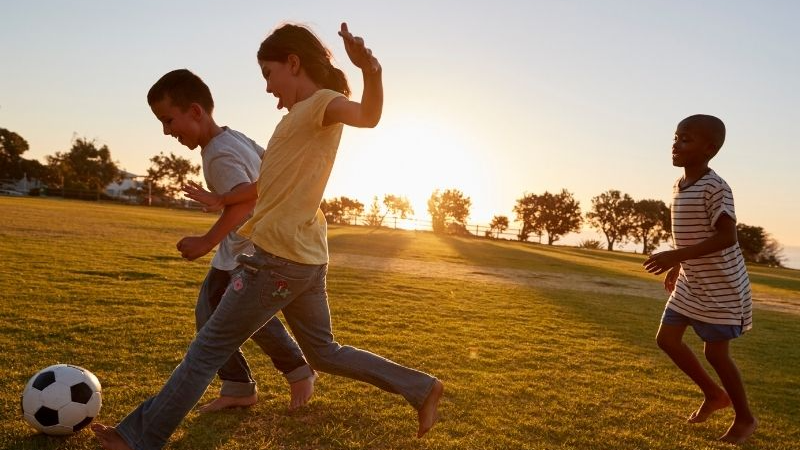
Myopia, also known as nearsightedness, is a vision issue that affects children and teenagers. The eye-sight issue usually arises in childhood when the eyes are still developing. Blurred distance vision that often arises from myopia can be inherited or result from unhealthy lifestyle choices, such as spending too much time in front of a screen or performing other near-vision duties.
Signs to be watched out by parents:
Myopia can develop gradually in some people and at the same time be present from birth in others. Children between the ages of 8- 12 are frequently diagnosed with myopia, which can run in families. It can be identified much sooner, though. The following are five indicators that a child may have myopia:
• Squinting, blinking too much, or rubbing your eyes: Squinting can sometimes "correct" moderate myopia symptoms, even if only momentarily when eyes have trouble focusing.
• Headaches brought on by eyestrain: If your child complains of headaches frequently and you don't believe allergies are the cause, eyestrain may be to blame
• Holding books and objects close to the face: If your child frequently holds books or objects close to their face to examine them, this is one of the simplest ways to tell that they are having trouble seeing objects at a distance.
• Sitting near the TV or at the front in the classroom: These are classic indicators that your child may be nearsighted if they frequently move to sit near the TV or movie screen or if they would rather sit at the front of the class so they can see the teacher or chalkboard well.
• Reading with one eye closed: If your child is reading with one eye closed, it indicates they are having vision problems. People naturally employ this method to get over blurry eyesight. One eye closed may "temporarily correct" the problem and offer visual clarity.
What can you do as a parent:
Children with myopia are prone to vision-threatening eye conditions as they grow. To prevent or slow the progression of myopia, parents should actively participate in their child's eye health. Here’s what you can encourage your child to do:
• Playing outside: Numerous studies have demonstrated that letting your child play outside for a few hours each day, even if not myopic, can postpone the beginning of myopia.
• Observe family history: Genetics also matters: if one or both parents are nearsighted, the child is more likely to become nearsighted.
• Select a myopia clinic: These clinics have The Myopia Master Technology, a multi-functional tool for measuring myopia that combines keratometry, axial length, and refraction. The experts at these clinics ensure that every child receives the best care possible by performing quick, contactless measurements of essential factors linked to myopia development and enabling customized therapy and counseling.
• Acquire prescribed MyoCare Lenses: MyoCare lenses are backed by ZEISS innovation, with more than a decade of experience developing lenses to manage myopia progression in children. Lenses from the ZEISS MyoCare portfolio are seen to significantly slow the progression of myopia compared to single-vision lenses.
There is no single treatment for myopia due to its complexities. There are a variety of solutions available for curing it on a behavioral, medicinal, and optical front. The age of onset, axial length or refraction at a certain age, the child's unique pace of progression, and their general risk profile should all be considered when choosing a treatment for myopia. Comprehensive therapies for myopia involve lifestyle modifications, and a refractive correction to slow or stop further growth.
The Author is a Bengaluru-based ophthalmologist.